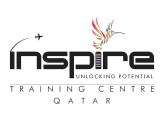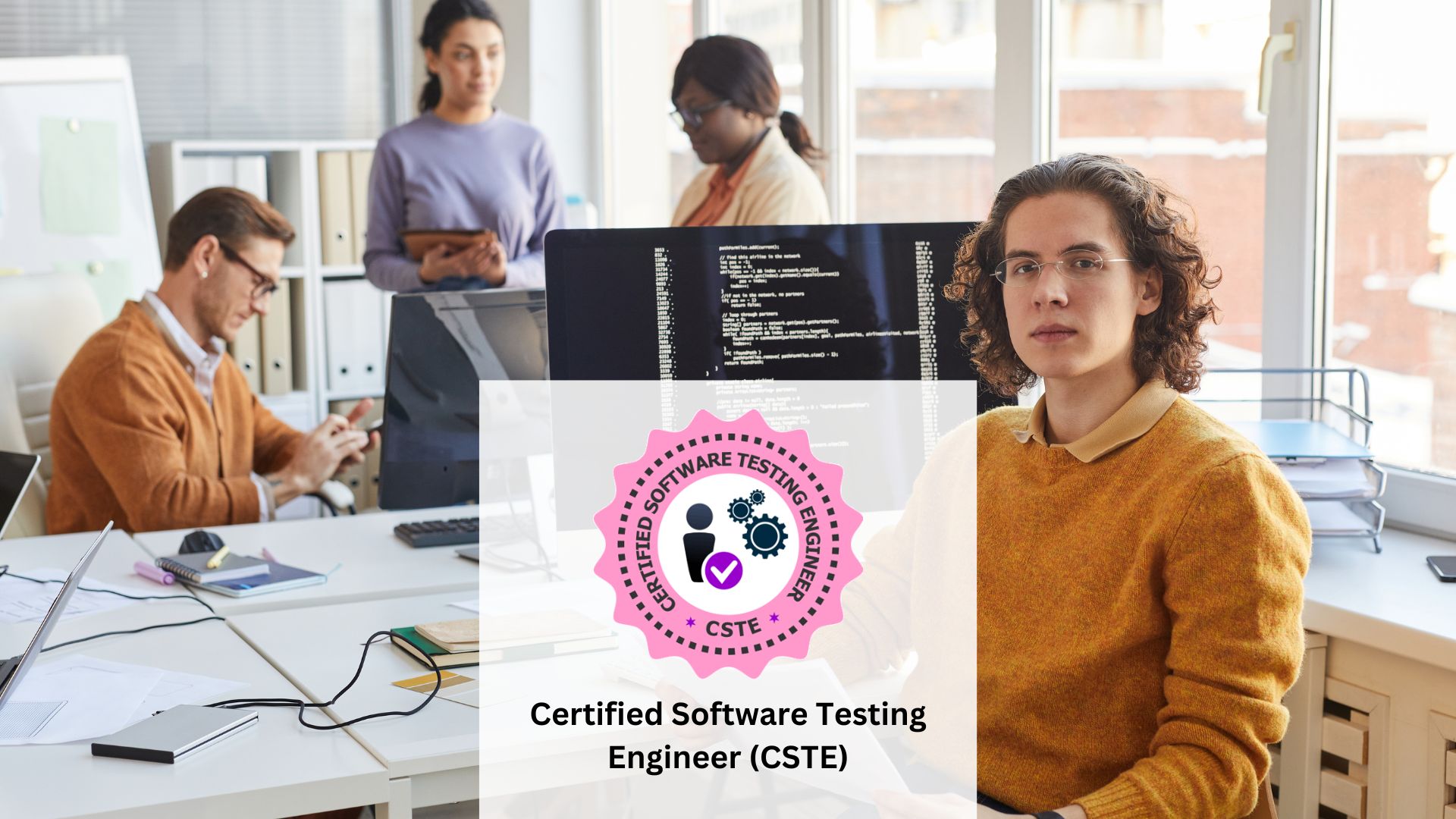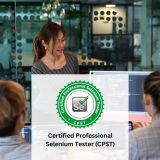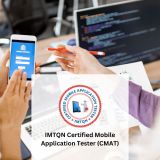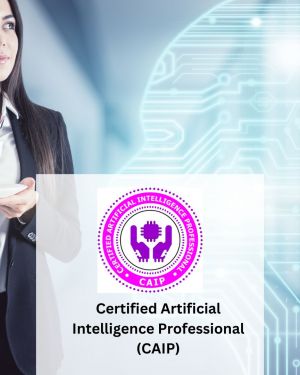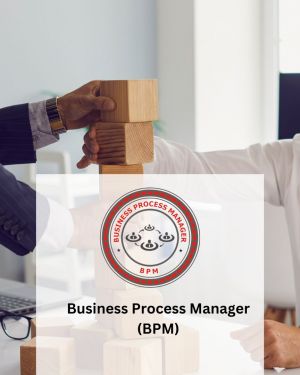Software engineering is about teams. The problems to solve are so complex or large that a single developer cannot solve them anymore. Software engineering is also about communication. Teams do not consist only of developers, but also of testers, architects, system engineers, customers, project managers, etc.
Software projects can be so large that we have to do careful planning. Implementation is no longer just writing code—it also involves following guidelines, writing documentation, and writing unit tests. But unit tests alone are not enough. The different pieces have to fit together, and we must be able to spot problematic areas using metrics, which tell us if our code follows certain standards.
Once we are finished coding, that does not mean the project is finished. For large projects, maintaining software can keep many people busy for a long time. Since so many factors influence the success or failure of a project, we also need to understand project management, its pitfalls, and especially what makes projects successful.
A good software engineer, like any engineer, also needs tools and must know how to use them effectively.
Testing in Software Engineering
-
Static Testing: Examining or inspecting code (verification).
-
Dynamic Testing: Running the actual program (validation).
Testing checks functionality such as correctness, reliability, integrity, engineering quality, and adaptability.
Testing is generally done after the needs of the target audience have been identified and the coding is complete. It rarely identifies all bugs but can assess general performance, especially in comparison to similar products.
Because software bugs can cause major financial losses, software testing is and will continue to be an essential role in the IT field. As software becomes more complex, testing becomes increasingly critical, requiring specialized training and experience.
E-Course Duration
30 to 35 Hours
Exam Information
-
Exam Pattern: 50 Multiple Choice Questions (MCQs)
-
Passing Criteria: 80% (40 out of 50 correct)
-
-
Duration of Exam: 1 Hour 30 Minutes (90 Minutes)
-
Exam Format:
-
Conducted in non-proctored mode
-
Can be taken anytime, anywhere within an 8-month validity period
-
Upon purchasing the Premium Package or Exam Voucher Code, a voucher with two attempts will be assigned under your profile (“My Vouchers” tab).
-
Exams are accessed via the “My Exam(s)” tab.
-
-
Retaking of Exam:
-
Voucher is valid for two attempts.
-
If unsuccessful in both, a new voucher must be purchased.
-
⚠️ Note: Voucher is not valid for a second attempt if the candidate passes in the first attempt.
-
-
Certification Validity:
-
The Certified Software Tester – Intermediate Level Certificate is valid for 4 Years.
-
Course Outline
Module 1 – Foundation
-
Course Objectives
-
What is Systems Engineering?
-
What is Software Systems Engineering?
-
Why Should We Use Standards?
-
Basic Principles for Standards
-
ISO Compared to IEEE
-
How Standards are Developed
-
Organization of the SESC Standards
-
Clauses
-
Normative vs. Informative
-
What is in a Standard?
-
What is Not in a Standard?
-
Where Standards Can Be Obtained?
-
How to Tailor and Apply Standards
-
Final Thoughts
-
Other Resources
Module 2 – STDB
-
Introduction to IEEE/EIA 12207
-
Application of IEEE/EIA 12207
-
Applying IEEE/EIA 12207 to Organizations and Projects
-
12207 Life Cycle Processes and Roles
-
Processes and Their Interactions
-
Tailoring the Processes
-
The Structure of Life Cycle Processes
-
Influence of Total Quality Management
-
Relationship Between Systems and Software
-
Relationship Between Organizations and Parties
-
Responding to Technology Evolution
-
Events and Milestones
-
Documenting Outputs
-
Role of Software Metrics
-
Certification and Compliance
-
Related Standards and Their Relationship
Module 3 – STDC: IEEE 12207 Project Life Cycles
-
Overview of Project Lifecycle
-
Types of Prototypes
-
Applying Prototyping to Life Cycle Models
-
Risks of Prototyping
-
Commercial Items (COTS) and Reuse
-
Selecting a Software Lifecycle Model
-
Which Development Strategy to Pick?
-
Using Risk Analysis to Determine the Right Development Strategy
-
SLCM Selection Criteria
-
Steps in Creating Life Cycle Processes
-
SLCM Plans and Contents
-
Considerations in Implementation and Maintenance
-
Establishing Life Cycle Processes
-
Monitoring Life Cycle Processes
-
Evaluating the Impact of Changes
Target Audience
-
Compliance Managers
-
Software Testing Engineers
-
Technical Managers
-
Software Design Engineers
-
Test Consultants
-
Software Quality Engineers
-
Senior Test Analysts
-
Test Team Leaders
-
Performance Test Engineers
-
Documentation Specialists
-
Process Analysts
-
Project Managers
